
 "
"

 "
"

Horse meat at the Kazakhstan Pavilion, Hiyashi Chawanmushi (cold egg custard) at the Japan Pavilion, Portuguese poultry sausage balls, antioxidant-rich feijoa smoothies at the New Zealand Pavilion and prized caviar from Sweden are among the most unusual, not-to-be-missed dishes at Expo 2020 Dubai.
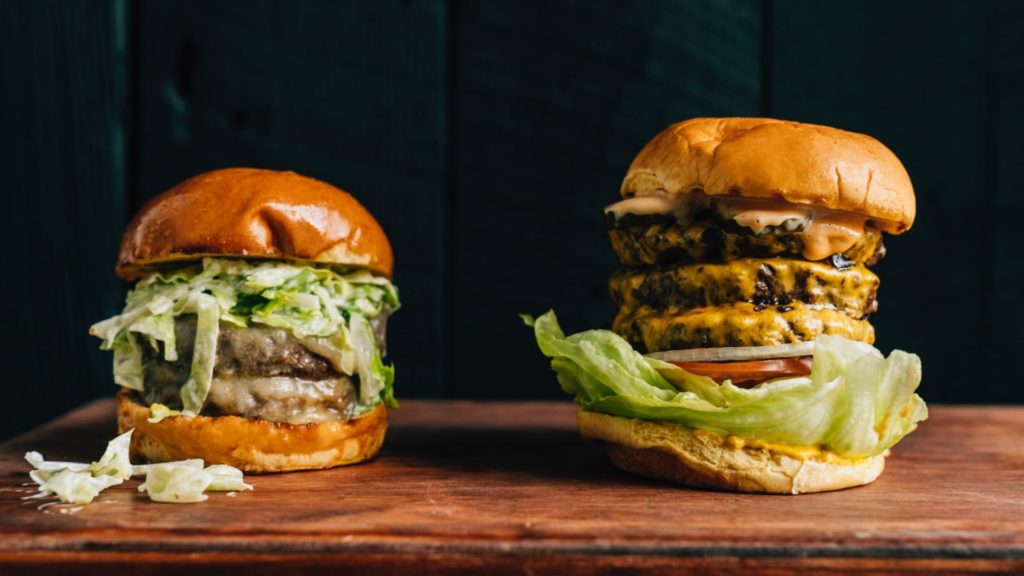
Fans of salted caramel would do well to round off their dining experience at Adrift Burger Bar with the chocolate and miso caramel dessert, an indulgent dessert with saltiness added from miso paste, which heightens the dessert with umami, known as the “fifth flavour”.

For authentic Lebanese flavours head to Aklet where you can tuck into keshek, a very traditional food made every year by Lebanese villagers with bulgur and goat’s milk at the end of summer as part of winter’s provisions. Coarse bulgur is rubbed with milk and left to ferment a few days before it dries out in the sun for several days. At Aklet, the deeply flavourful dish is served with onions and tomatoes.
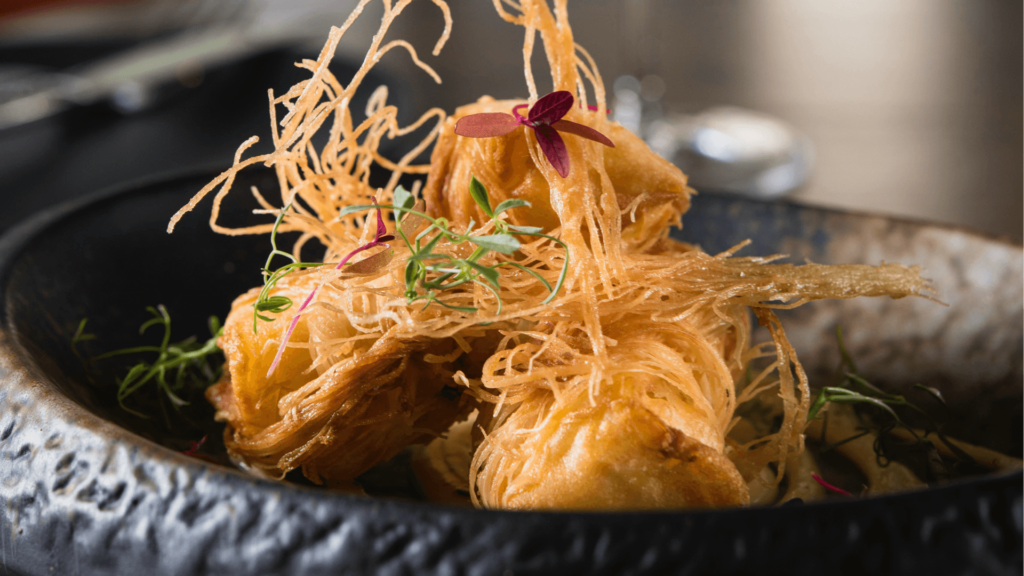
The juicy sliders with grilled ostrich patties topped with cheese and served on a deep-fried plantain bread at Akebulan African Dining Hall burst with vibrant flavours and nutrients. Ostrich is lauded as being one of the leanest meats on the market, making the sliders a perfect balance of nutritious and naughty.
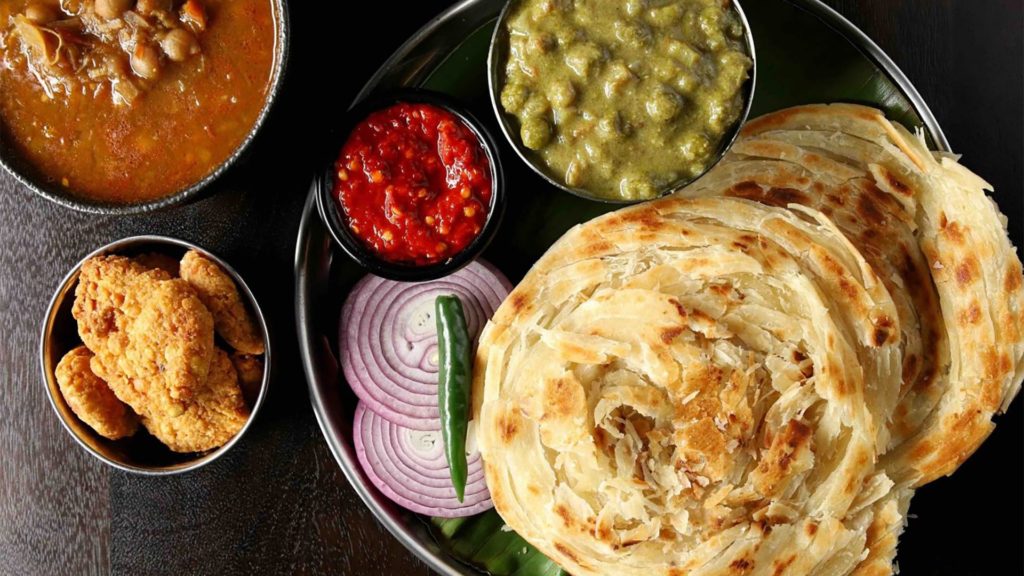
Egg dosa, a popular South Indian dish where the traditional dosa (a thin pancake or crêpe) is topped with eggs and spices, is a great option for a protein-rich breakfast that will set diners up for the day. Served in bull’s-eye form, the version at Al Farwania is both crunchy and fluffy.
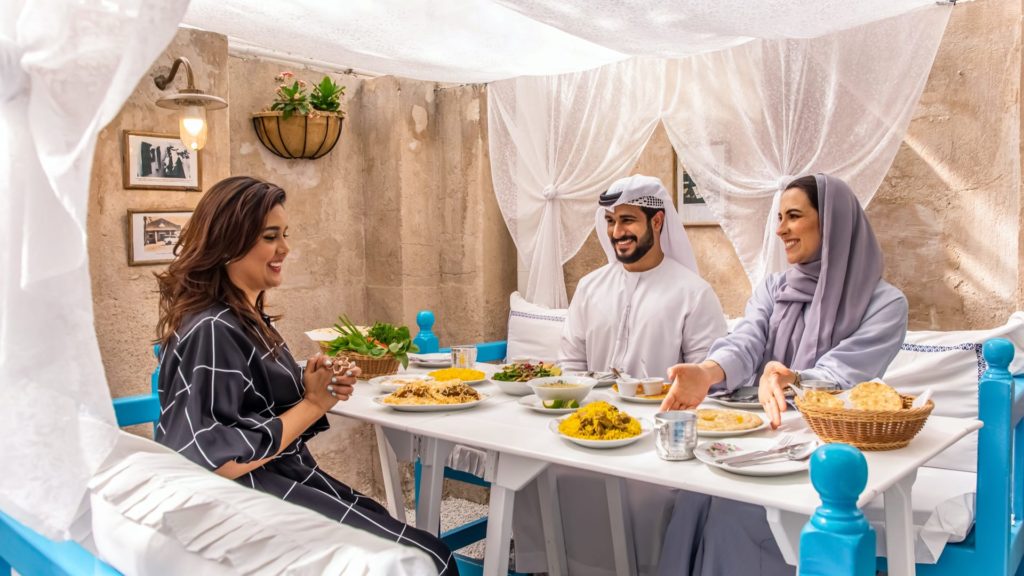
A Middle Eastern favourite, the liver beef tray at Arabian Tea House features fresh beef liver fried with onions, potatoes, tomatoes, seasoned with spices and lemon juice, and served with Arabic salad, hummus and tanoor bread – traditional Iraqi bread made in a tanoor oven.
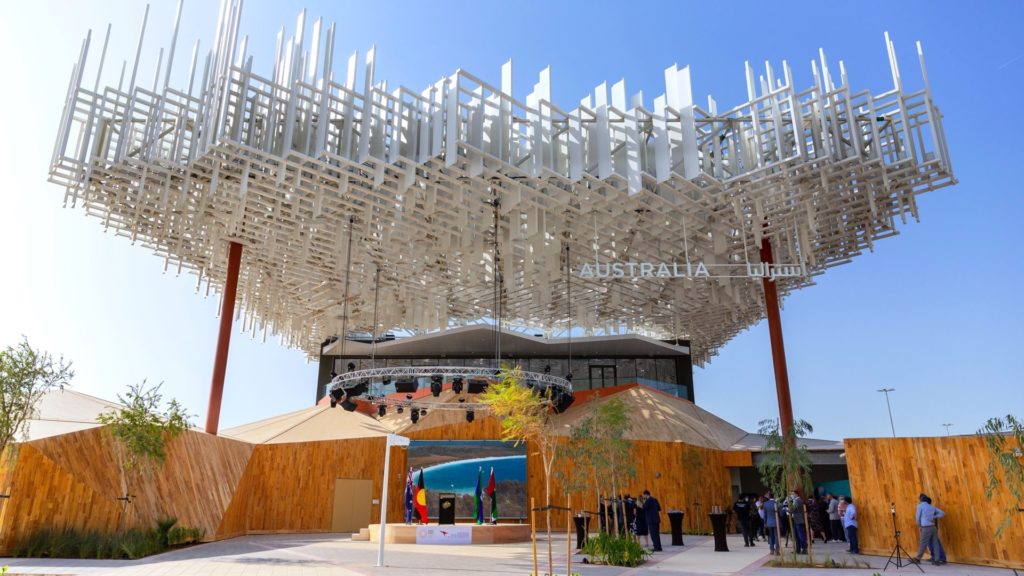
For health fanatics, the pavilion is serving colourful and nutritious matcha, beetroot or turmeric lattes, served hot or cold. Those looking for something more indulgent can treat themselves to a Tim Tam Freak Shake – a vanilla ice cream-based milkshake blended with Milo and Australia’s favourite biscuits, TimTams.
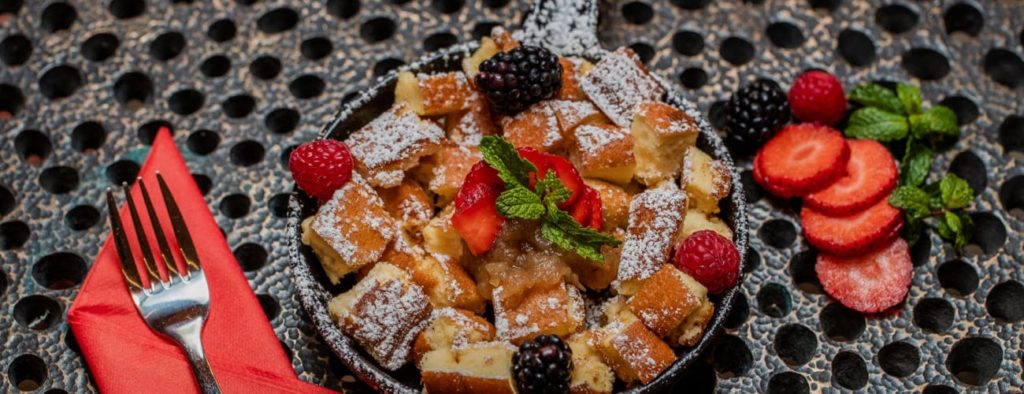
If the wiener schnitzel vom kalb mit kartoffelsalat at the Austria Pavilion sounds like a mouthful, that’s because it is. The delicious golden breaded and fried veal schnitzel – thinly pounded veal, dredged in breadcrumbs – is served with Viennese potato salad.

At Nossa Gastronomia Brasileira, their speciality is as big of a mouthful as the name of the dish itself. Pato-no-tucupi (duck in tucupi sauce) is an authentic dish from Belem, the gateway to Brazil’s lower Amazon region. Consisting of duck stewed with alfavaca (wild Amazonian basil), tomatoes, and onions, the duck is then roasted and stewed with tucupi (yellow juice extracted from cassava) and jambú (a leafy plant with anaesthetic properties) and served with rice. It is traditionally prepared and consumed once a year, during the Círio de Nazaré festivities.
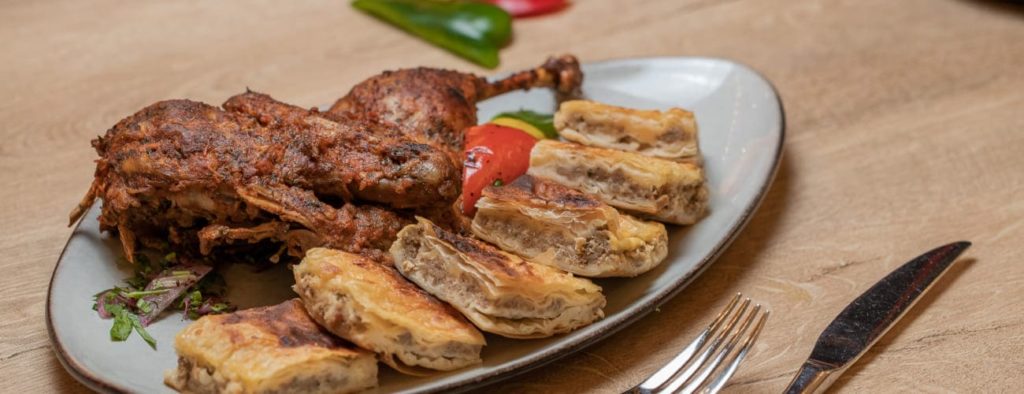
Those looking for a comforting and filling option that’s light on the wallet will do well to try the gravy soup at Cairo 30, served with meat and cheesy toast for AED 35.

Corn is a staple of the Chilean diet, especially in the summer months when fresh corn is in abundance. The Chile Pavilion is making the most of this humble grain with its pastel de choclo dish, an authentic stew featuring chicken, onions, garlic, cumin, salt and pepper, topped with a corn and basil mash.
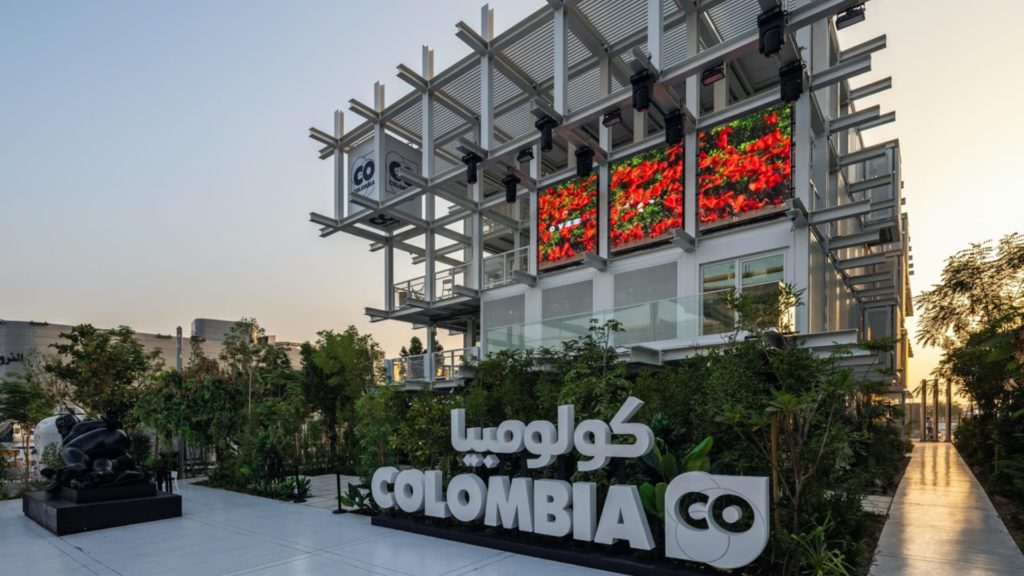
With the South American country producing more than 400 types of fruit throughout the year and a large exporter of exotic fruits, at the Colombia Pavilion visitors can enjoy a refreshing soursop gelato. The prickly green fruit has a creamy texture and a strong flavour often compared to pineapple or strawberry with a hint of vanilla and is high in vitamin C.

From date-studded palm trees, to the Expo 2020 logo or an (almost) exact replica of your own face placed with precision on top of an expertly mixed mocktail, visitors are going gaga for the striking Graffiti mocktails at the Denmark Pavilion in the Mobility District.
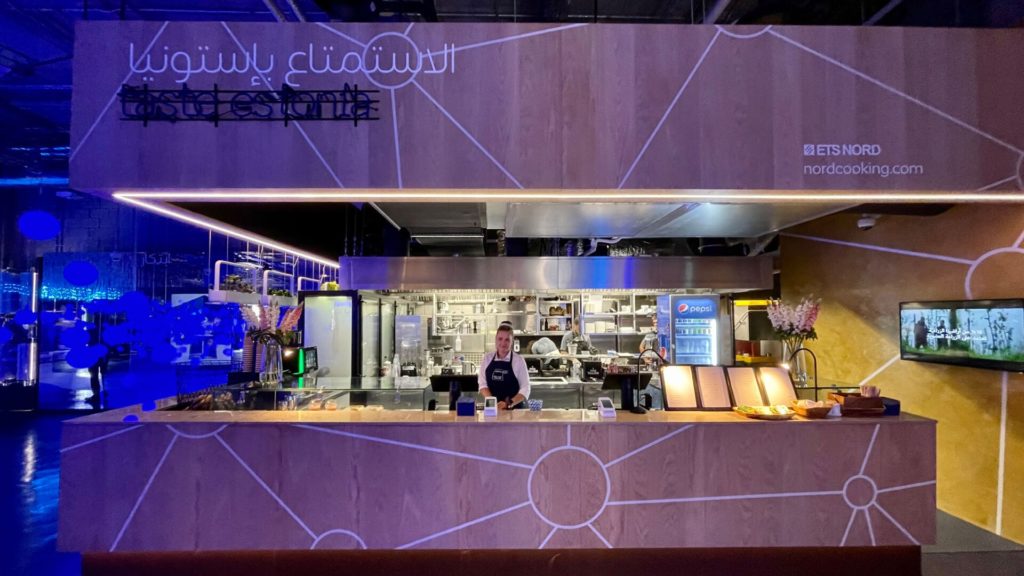
The black bread with cold smoked salmon sandwich at the Estonia Pavilion is one of the most dramatic – and delicious – sandwiches to be found at Expo 2020. Getting its colour from rye-malt flour, the flour has been brought from Estonia, with the bread freshly baked every day.

Heiße Liebe, which translates as “Hot love”, is a dreamy concoction made with hot raspberries and cold ice cream, served with lashings of hot cherry sauce. It’s one of the most popular desserts at the Germany Pavilion, and is perfect for cooling down the mouth after a portion of beef currywurst – an iconic German street food.
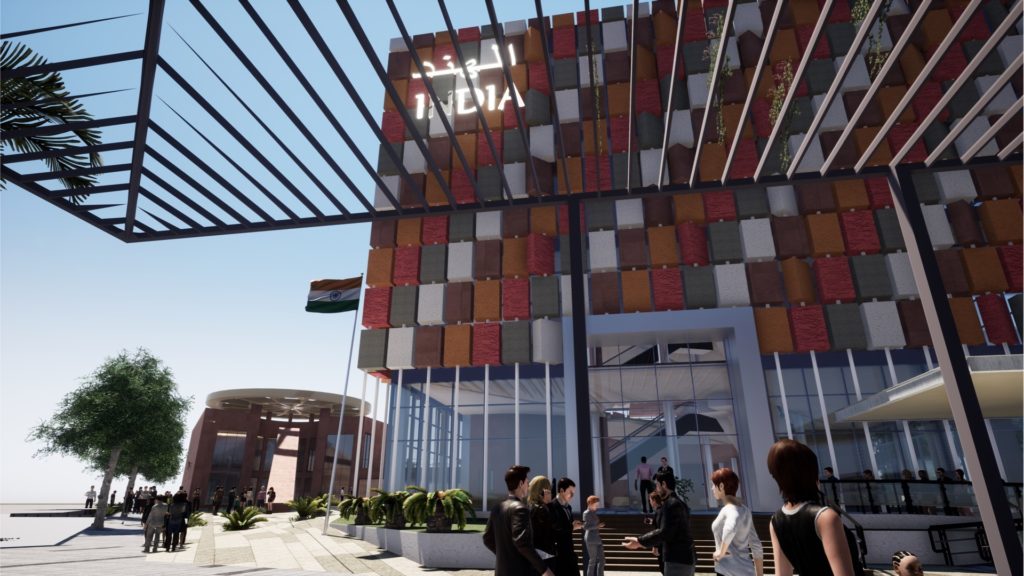
At Bombay Brasserie at the India Pavilion, visitors can savour North Indian dish martaban ka meat, a melt-in-the-mouth dish of tender chunks of lamb, cooked in pickled spices overnight and then slow cooked in the martabaan, a traditional Indian clay pot.

A delicious appetiser at the heart of Japanese cuisine, Hiyashi Chawanmushi – cold egg custard steamed in a small bowl with shrimps, scallops, fish paste and salmon roe – is a feast for the eyes and well as the taste buds. The savoury Japanese custard can be found at the pavilion’s Sushiro restaurant.
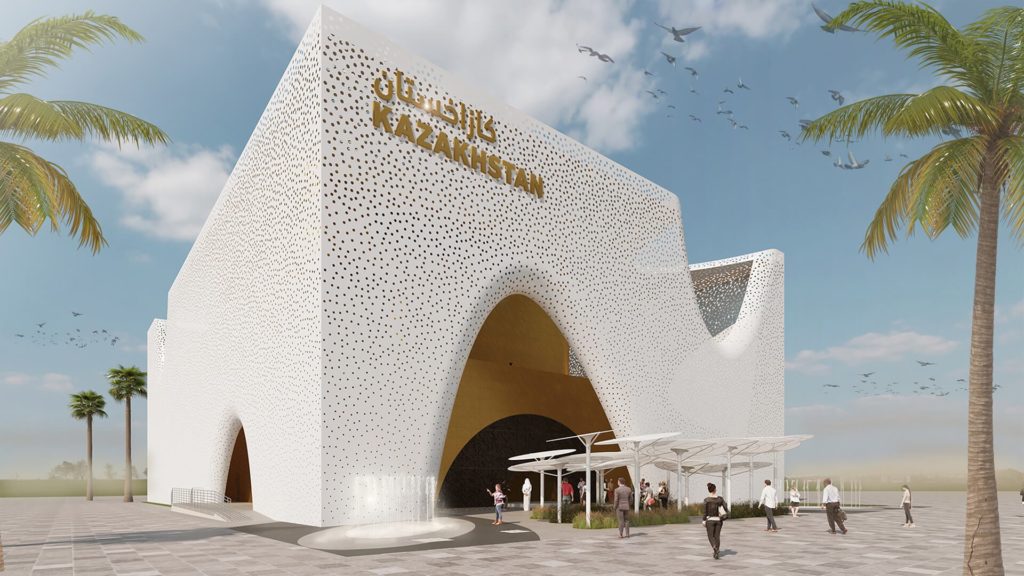
Traditional Kazakh cuisine focuses on mutton and horse meat, as well as various milk products. For hundreds of years, Kazakhs were herders who raised fat-tailed sheep, horses and Bactrian camels, relying on these animals for transportation, clothing and food, with horses viewed on a par with other utilitarian livestock. At the Kazakhstan Pavilion, visitors can sample the country’s popular dish, beshbarmak, made of boiled horse meat, served on a bed of noodles. Kazakhs credit the healthy source of protein as making people faster, stronger, more agile and wiser.
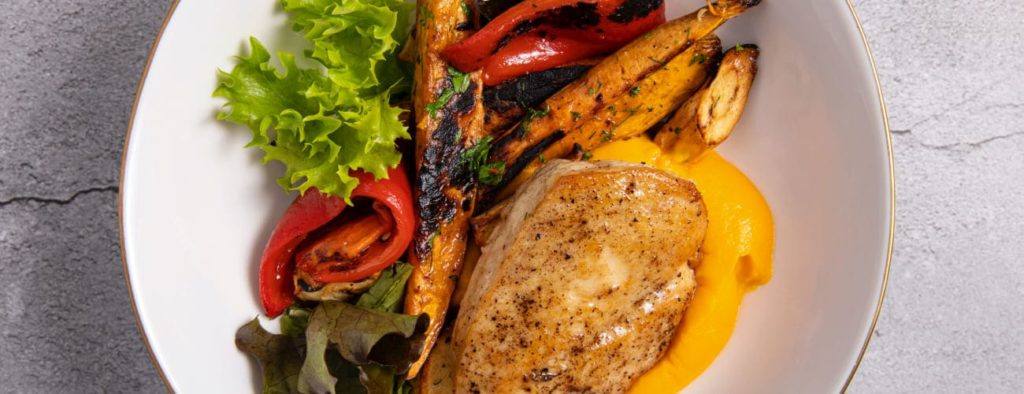
The hot and cold combination of cold beetroot soup served with hot fried potatoes works surprisingly well. A staple dish for Lithuanians during the spring and summer months, the rose-coloured marinated soup is packed full of vitamins and is great for rehydrating.
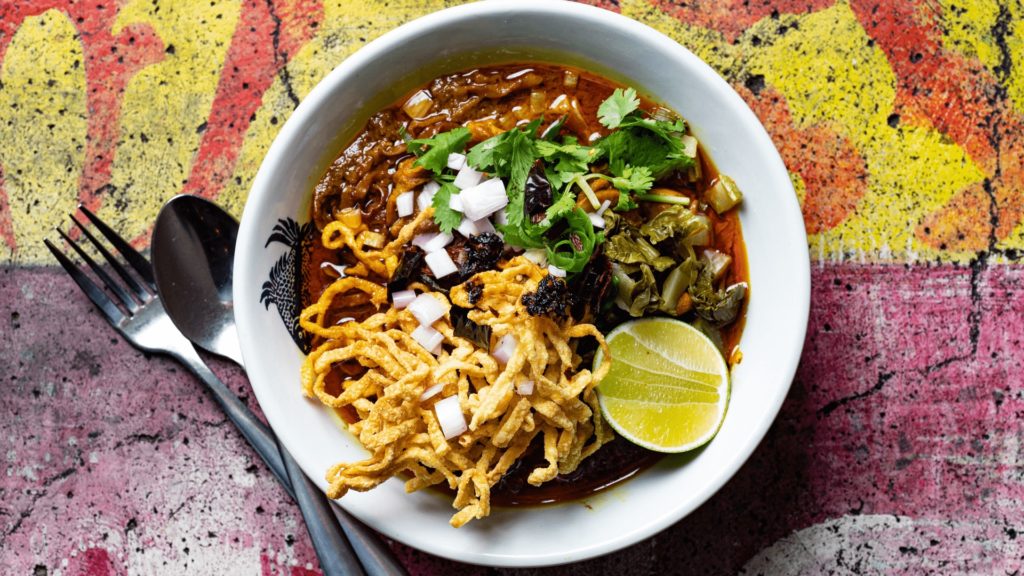
David Thompson’s stir-fried Siamese watercress bursts with fiery flavours and a smoky finish, making it more than just a side dish – it’s a standalone meal in its own right. The name of this dish in Thai is “red flamed”, which is literally what happens when the vegetables hit the wok.
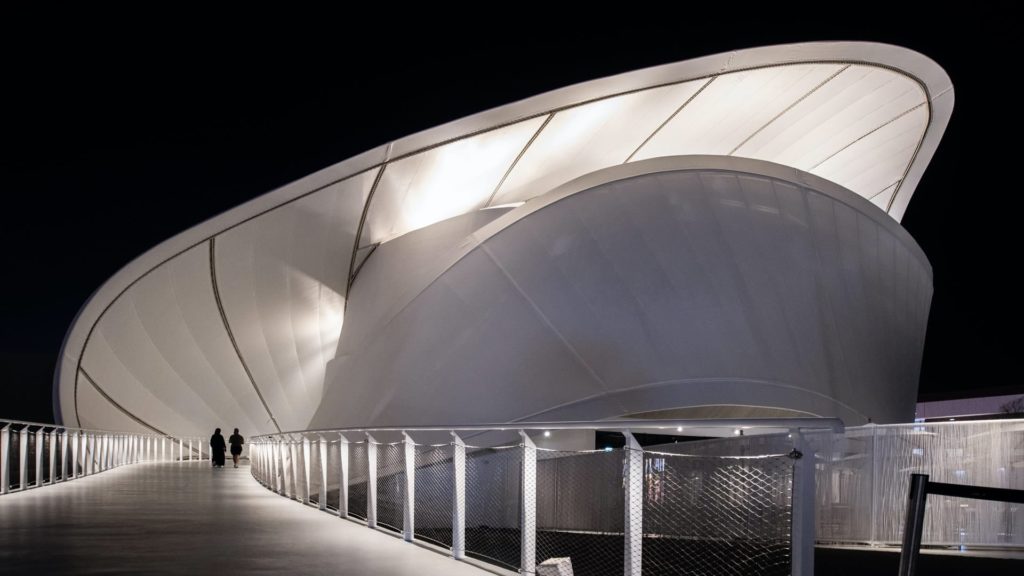
Kniddelen, Luxembourgish dumplings, are traditionally served with bacon, but the Luxembourg Pavilion’s award-winning chef Kim Kevin de Dood has re-invented the dish to instead include smoked duck breast. The soft, flavoursome, buttery dumplings have been selling like hot cakes.

Café de Paris de Monte-Carlo at the Monaco Pavilion serves Monegasque and Mediterranean specialities. The hugely popular Barbagiuan, a fritter stuffed with Swiss chard and ricotta, is a classic Monegasque speciality available both as a take away and a dine-in option.
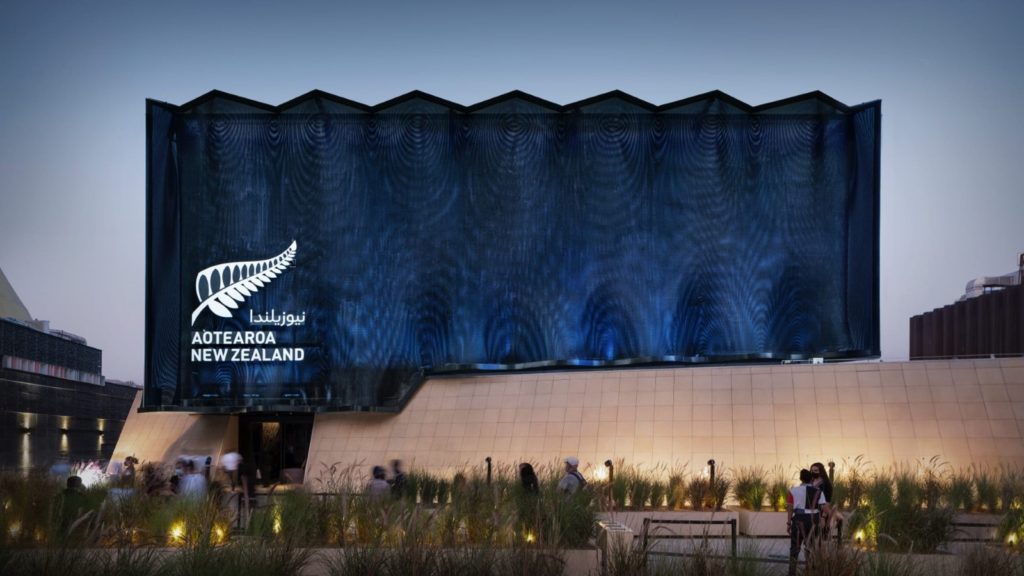
Tiaki at the New Zealand Pavilion has fast garnered itself a reputation for being one of the most popular upscale restaurants at the Expo 2020 site. The restaurant’s wholesome smoothie selection is also notable, in particular the apple and feijoa – the fruit of Acca sellowiana, an evergreen shrub that is an excellent source of antioxidant vitamin C.

Outside the Norway Pavilion, visitors are enticed by the Wofl food truck, which serves Norwegian waffles in several sweet and savoury variations, including NY Deli-style and Dragon’s Breath. The latter is brimming with sweet chili beef, fresh crispy yellow bell peppers, romaine lettuce and spring onions on a bed of sour cream, with the option of a wholegrain organic buckwheat or gluten-free wofl.

Al-Lusitano by Chakall, the popular restaurant at the Portugal Pavilion with a terrace that boasts a bird’s-eye view of the concerts at Jubilee Park, is the concept of Luso-Argentinian chef Chakall. His mission is to demonstrate Portugal’s flavours through the country’s unique geography and culture. The appetiser menu features tapas designed to be shared, with pop-in-the-mouth Portuguese sausage balls made with meat, cheese, herbs and breadcrumbs proving to be particularly popular.
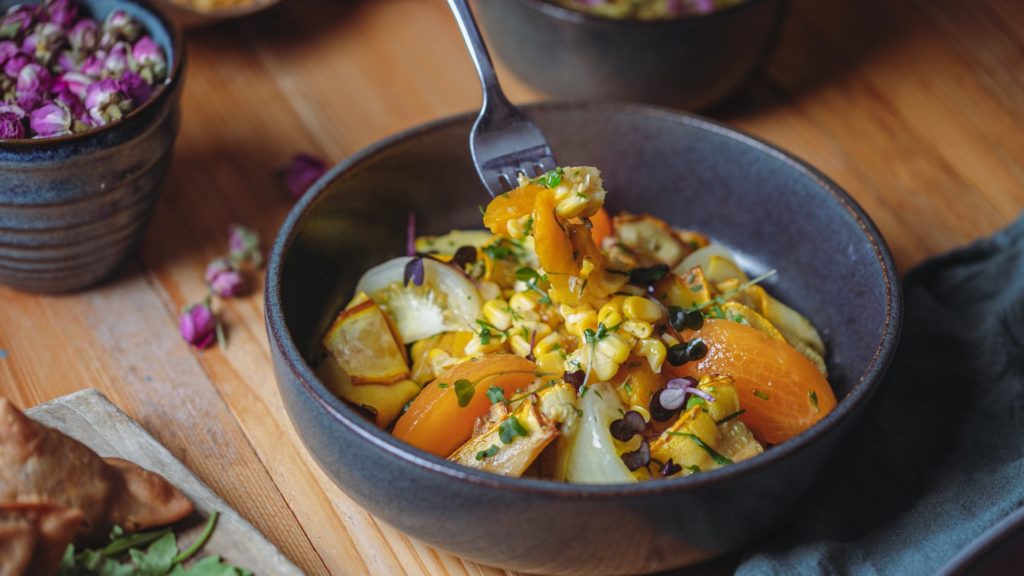
A hug in a bowl, especially for seafood lovers, the haemul soondubu (tofu hotpot) served at the Republic of Korea Pavilion’s restaurant, is a steamy, well-spiced serving of soft tofu, egg, crustaceans and chili oil flavoured with authentic Korean ingredients.

At the pavilion’s Sard café, visitors can savour authentically Saudi cuisine with dishes from across the region, including camel meat. Hashi almashi, a camel-meat patty with a Saudi coffee rub and a local almond and sesame sauce served in wholewheat Jenoubi bread, is a modern take on a Saudi staple.

At the Sweden Pavilion, visitors can indulge in a delicacy fit for kings and queens. Kalix löjrom, the king of Swedish caviars, has been imported from Sweden to Dubai especially for Expo 2020. It can be enjoyed as a single menu item or as a garnish on Toast Skagen at the pavilion’s Tree Top Lounge. The prized delicacy is traditionally served at salubrious celebrations, such as noble banquets and royal weddings.

At the Switzerland Pavilion’s rooftop bar, veal has been substituted with chicken for the traditional Swiss dish Zürcher Geschnetzeltes. Topped with a creamy mushroom sauce and rösti potatoes, the hearty dish is perfect for the winter climes. The dish can be found on the menu under the name “One Rösti in Dubai”.